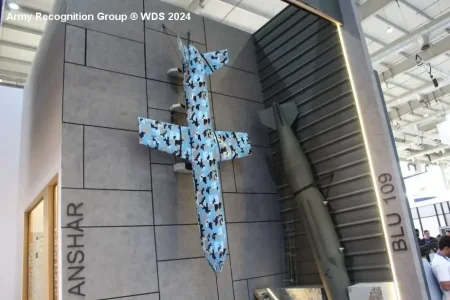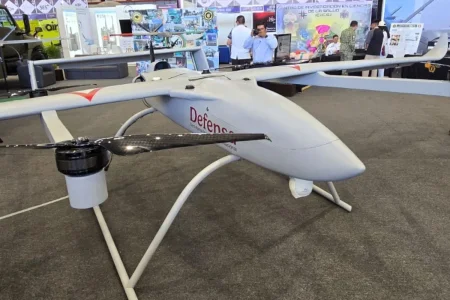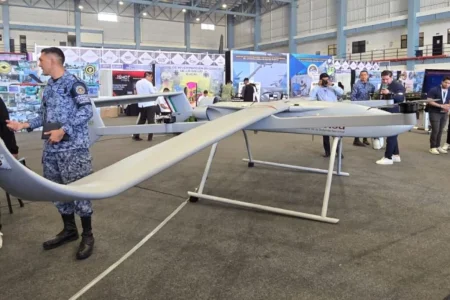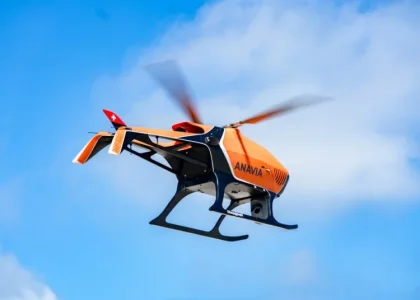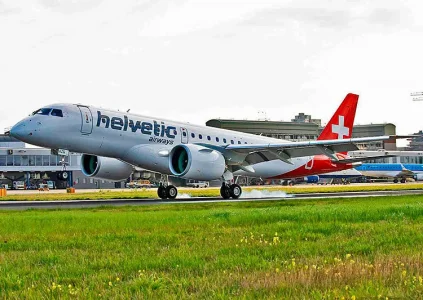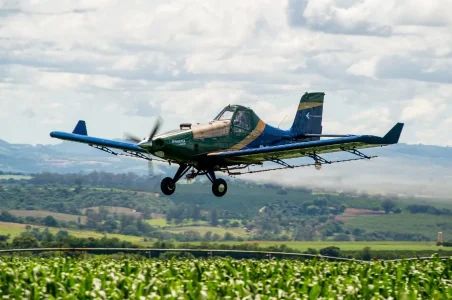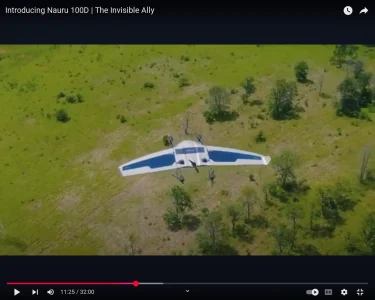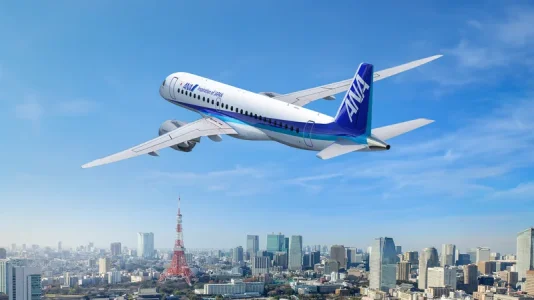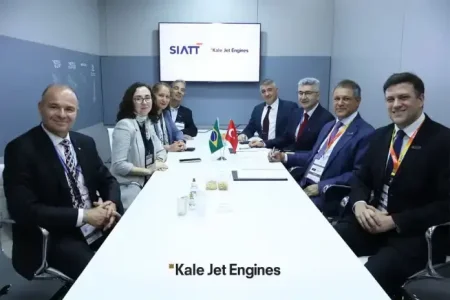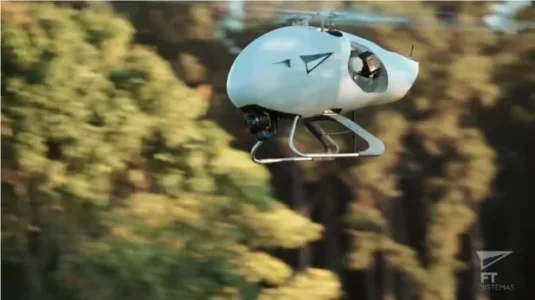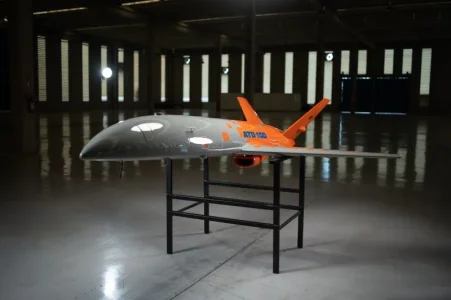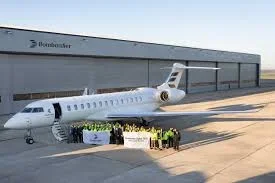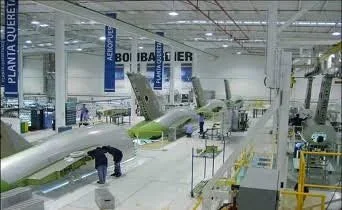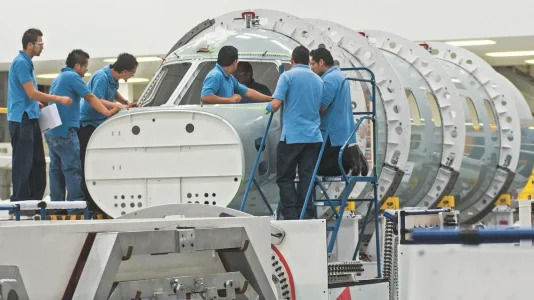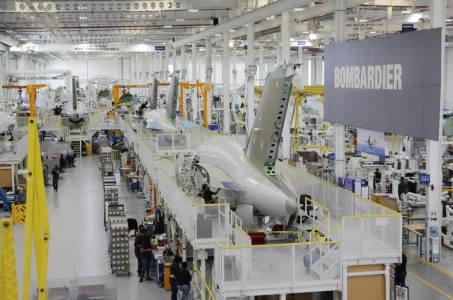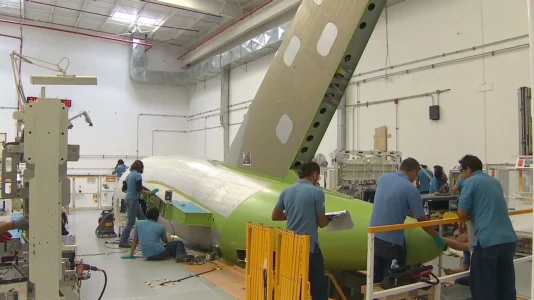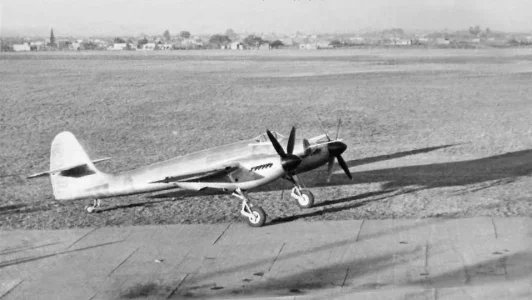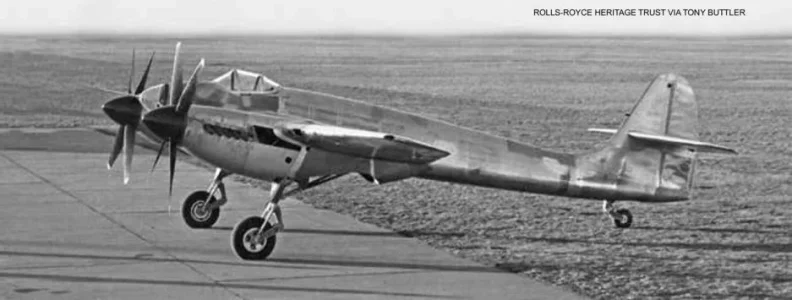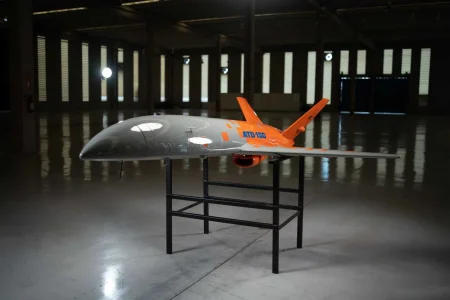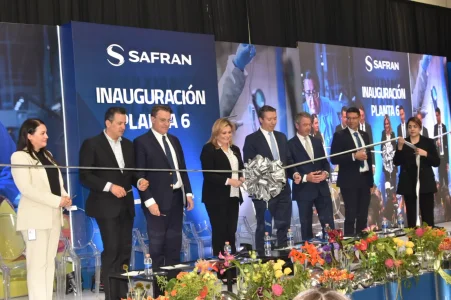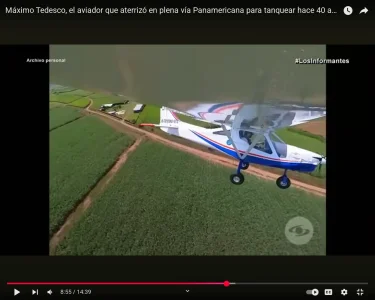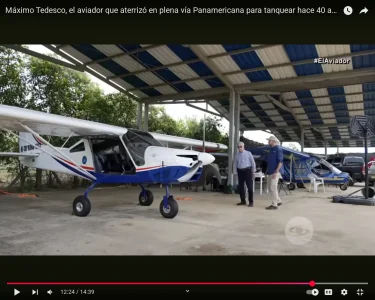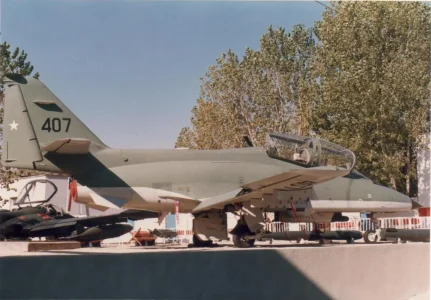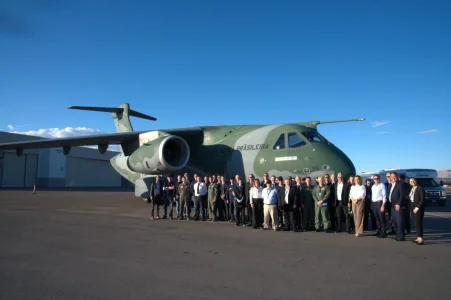The Story of the Only Aircraft Made in Paraguay
Thirty-six years ago, José Repka Kusi and Walter Fagúndez's dream came true. After two intense years of work, they completed the first and only aircraft manufactured entirely in the country. The Paraguay 1, a ZP-XEA prototype, flew for the first time in 1981.
October 27, 2017, 8:05 a.m.
The Paraguay 1's wings had the capacity to carry artillery. Photo: Courtesy.
José Repka, pilot, and Walter Fagúndez, structural engineer and designer, took about two years to give shape and operation to the aircraft, which was designed and built in Paraguay, marking a milestone for the country's aviation industry.
The engine, propellers, landing gear, and instruments were imported from the United States. All other parts were built in Paraguay.
“This is the first aircraft built entirely in Paraguay, and I don't know of any others. There were others that were brought in pieces and assembled here,” explained aeronautical historian Antonio Luis Sapienza Facchia.
Sapienza, who knew the creators of the Paraguay 1, points out that the idea was to mass-produce this prototype for the Armed Forces, but they didn't receive the expected response.
Read more: Replica of the Silvio Pettirossi plane flew again
“At that time, the country received donations of aircraft and also purchased them from abroad, so the Air Force didn't show much interest. The Paraguay 1 had the capacity to carry artillery under its wings,” the specialist commented.
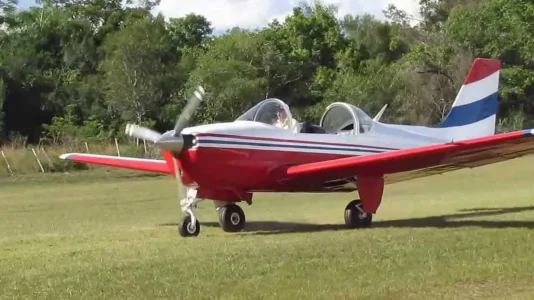
Characteristics
The ZP-XEA prototype has an empty weight of 650 kilos, a flight endurance of 5.45 hours, a useful load of 600 kilos, a wingspan of 10.70 meters, a length of 7.50 meters, and a height of 2.93 meters. Other characteristics include a cruising speed of 170 mph at 65% power; a takeoff with minimum weight in 200 meters; a glide speed of 80 mph; and a stall speed of 47 mph at full throttle.
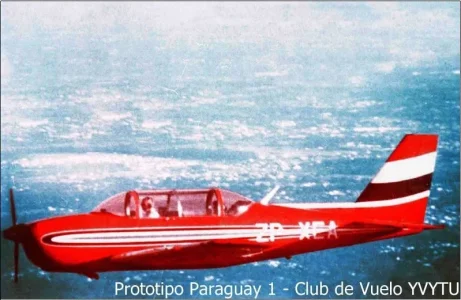
Main Flight
The researcher notes that the aircraft flew for the first time on November 27, 1981, at Aero Talleres Guaraní SRL, although its presentation took place almost a month earlier.
Airplanes Made in Paraguay
Sapienza points out that other aircraft had previously been assembled in Air Force workshops, but the Paraguay 1 was entirely designed and built in Paraguay.
He claims that there are no other aircraft of this type. “Paraguay 1 is the only aircraft manufactured in Paraguay from scratch. They usually bring in disassembled planes and assemble them, but that's not building from scratch,” he insisted.
Paraguay could have had an aircraft assembly plant thanks to a Korean government project, but ultimately this wasn't possible, and the plant operated in Peru, from where it is distributed to several countries, he explained.
“Our workforce is highly qualified in aeronautics. Aircraft that were thought to never fly again have been rebuilt here. With proper training, a first-class factory can be established,” Sapienza stated.
Paraguay 1 was donated by José Repka Kusi (who passed away in 2015) to the Yvyty Flight Club, whose members restored it. It is currently in flying condition and has all its documentation up to date.
Hace 36 años se hacía realidad el sueño de José Repka Kusi y Walter Fagúndez. Tras dos intensos años de trabajos culminaron el primer y único avión fabricado íntegramente en el país. El Paraguay 1, un prototipo ZP-XEA, voló por primera vez en 1981.

www.ultimahora.com
Paraguay Begins to Fly: First Tecnam Aircraft Assembly Plant Set Up in Minga Guazú
The first assembly plant for executive, transport, recreational, and passenger aircraft is being set up at the Guaraní Airport in Minga Guazú, Alto Paraná. The assembly work, carried out by Aero Shop, whose commercial name is Aeropar, was completed in June; these are Italian aircraft that have represented the manufacturer Tecnam for two years.
“We represent an Italian brand called Tecnam, which has been on the market for 75 years. We ship by container and assemble them at our company at Guaraní Airport. A week ago, we received a visit from a delegation from Italy,” explained Mohammad Awad, one of the partners of Aero Shop.
Aeropar is the exclusive distributor of Tecnam aircraft for Paraguay. “We have already assembled 11 aircraft and plan to assemble six more by the end of the year,” he said. Aero Shop was founded in 2017 with the goal of providing cutting-edge technological products related to general and executive aviation.
"Our company presents itself as a technology company and is already a regional and national benchmark in aeronautics. We have a hangar with facilities considered world-class," he said. Aeropar is located at SGES - Guaraní International Airport, Hangar Minga Guazú.
The company receives the aircraft in containers from Italy. They are 70% assembled, and the remaining 30% is completed in the country with national labor. "Our goal for the future is to have 30% from Italy and 70% in Paraguay, thus ensuring a product made in Paraguay," he noted.
The company will become the main distributor of this aircraft in the Southern Cone. The company's launch took advantage of tax exemptions on aircraft parts imports, the maquila law, and the country's favorable investment climate to assemble, provide technical support, maintain, and sell aircraft throughout the region and the world. It currently employs 20 people, including technicians, mechanics, and pilots.
"Our company's goal is to be an international benchmark in all aspects of aeronautical services, ranging from workshops, training, air taxis, and the manufacturing and sale of new, cutting-edge aircraft. The company offers a unique dealership concept where entrepreneurs and interested parties can have their aircraft on a turnkey basis, when it normally takes one to three years to receive one," he emphasized.
Tecnam is an Italian aircraft manufacturer based in Capua, Italy. Its main activities are the manufacturing of parts for other aircraft manufacturers and the production of its own line of aircraft. Through 65 distributors, it has sold more than 7,500 units worldwide, making it the world's third-largest manufacturer of general aviation aircraft.
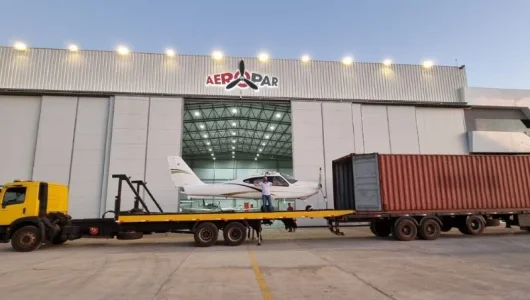
Tecnam was founded in 1948, initially under the Partenavia brand, by brothers Giovanni and Luigi Pascale, the same year they saw their first design built: the Partenavia Astore. Today, it has become one of the world's leading general aviation and ultralight brands.
It also promotes sustainability by using electronic fuel injection engines, making it one of the most efficient on the market. It is internationally known for its low CO2 emissions (up to 60% compared to other similar-sized aircraft). Parts and models are already manufactured at the Aero Shop factory.
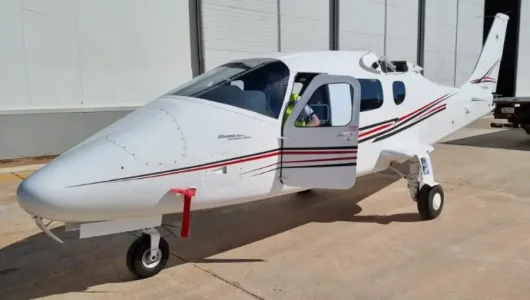
After several years of leadership in two- and four-seat sport aircraft, Tecnam launched its first 11-seat passenger transport aircraft, the Tecnam P2012 Traveller, in 2020, after two years of managing the corresponding European and North American certifications
En el aeropuerto Guaraní de Minga Guazú, Alto Paraná, se está montando la primera fábrica de ensamblaje de aeronaves con fines ejecutivos, transporte, recreación y aviones de pasajeros. El trabajo de ensamblaje a cargo de Aero Shop, cuyo nombre comercial es Aeropar, culminó en junio; son...

infonegocios.com.py
Brazilian Company Produces First "Made in Paraguay" Aircraft
The aircraft belongs to Wega Aircraft, which made its debut flight on Monday the 11th at the Luque Air Base.
Few people know it, but Brazil is a "breadbasket" for manufacturers of small planes, helicopters, and drones. This is not counting Embraer, the third-largest commercial aircraft manufacturer in the world, behind only Airbus and Boeing.
Here are a few: Octans Aircraft, which has delivered 240 aircraft since 2022 and is now developing a single engine for five occupants; Scoda Aeronáutica, founded in 1997, which serves the Brazilian market and has already sold to customers in North America, Europe, Australia, and New Zealand; Paradise, which in 2010 received the Aviation Company of the Year award in the United States; ACS, which in 2015 made the maiden flight of the first electric-powered aircraft designed in Brazil; and Helibras, the main supplier of helicopters to the armed forces.
And so it goes. There are about 20 factories. Among them, Wega Aircraft, the first based in Santa Catarina. It manufactures the Wega 180, a single-engine, two-seater aircraft that, thanks to its aerodynamics, has performance similar to that of twin-engine aircraft, reaching a speed of 300 km per hour.
It is from this model that Wega Aircraft produced the first aircraft manufactured in Paraguay, which was presented this Monday to the country's authorities at the Luque air base in the metropolitan region of Asunción.
FACTORY IN PARAGUAY
Paraguay's Minister of Industry and Commerce, Luis Alberto Castiglioni, expressed his delight that a Brazilian aeronautical industry has taken the initiative to strongly evaluate the possibility of establishing a presence in Paraguay.
"Today we came and witnessed demonstration flights of aircraft, as part of a concrete evaluation and analysis process (...) of the establishment of an industrial plant in Paraguay: 'aircraft manufactured in Paraguay,'" said the minister.
He said the planes are built with cutting-edge technological elements, starting with the very material they use: carbon fiber.
He explained that Paraguay could make "an impressive leap, not only in the construction of parts, but also in the construction of aircraft for domestic use and export."
The minister noted that Brazilian aeronautical entrepreneurs came to Paraguay because they considered it the most suitable location to establish their investments, after analyzing several macroeconomic and financial factors, the stability of the system, and all regulations regarding investment security.
Paulo Falcão, executive of Wega Aircraft, said the company "has the full support of the Paraguayan government," which has demonstrated "all its efficiency and competence" to make the dream of manufacturing the first Paraguayan aircraft a reality.
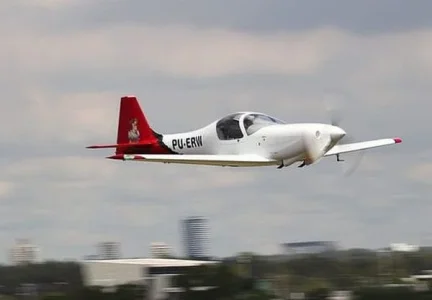
El avión es de Wega Aircraft, que realizó su vuelo de presentación el lunes 11 en la base aérea de Luque.

www.h2foz.com.br
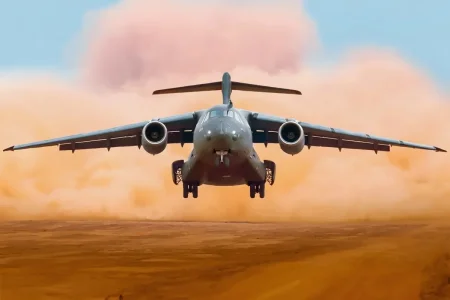

 a21.com.mx
a21.com.mx


 a21.com.mx
a21.com.mx

